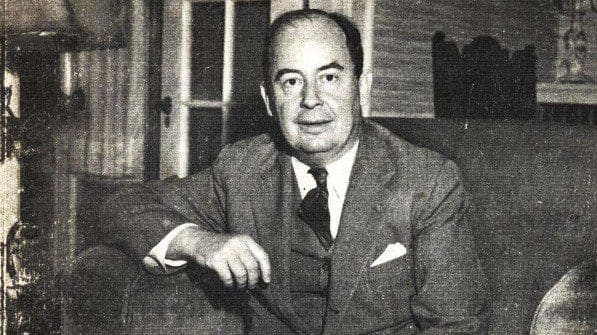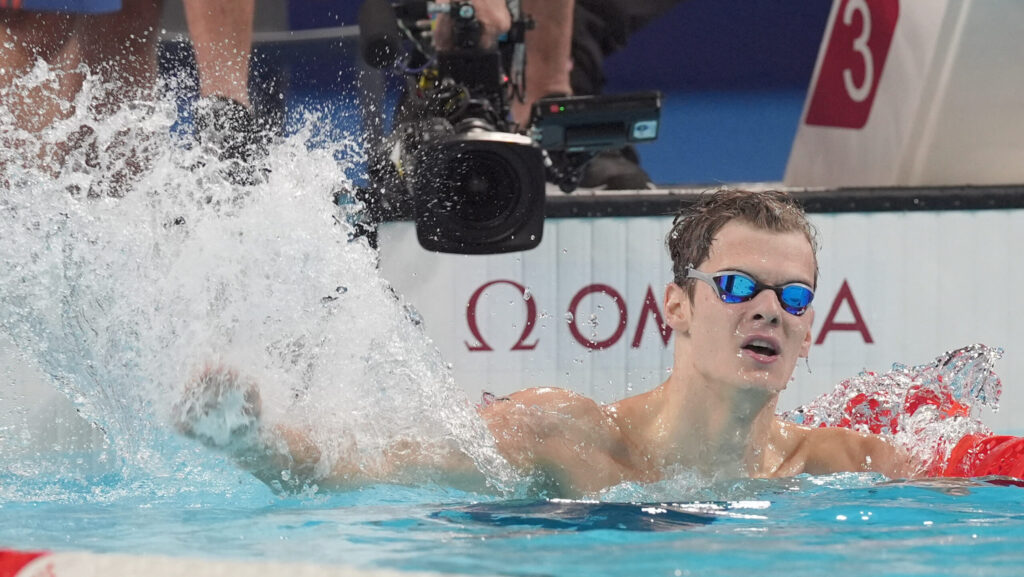The following is a translation of an article written by journalist Ákos Gózon, originally published on Mandiner.hu.
One hundred and twenty years ago, John von Neumann, one of the greatest and still influential Hungarian scientists, was born. Neumann carried out indispensable research from atomic physics to the theory of computers.
According to a scientific historical anecdote, Laura, the wife of Nobel Prize-winning Italian physicist Enrico Fermi, was the first to call the Hungarian scientists living in the United States and playing a leading role in nuclear research ‘Martians’, because of the extraordinary sound of their native language used when talking to each other. In alphabetical order, John von Neumann was the second of the five ‘Martian’ scientists. However, he not only played a decisive role in the development of atomic physics in the 20th century, together with Theodore (Tódor) von Kármán, Leo Szilard, Edward (Ede) Teller, and Eugene (Jenő) Wigner, but perhaps even more importantly, his contribution to the foundation of computer technology proved to be key, too. This year, the Hungarian academic community commemorates the hundred and twentieth anniversary of John von Neumann’s birth with a variety of events, publications, and exhibitions.
John von Neumann was born on 28 December 1903 in Budapest into a family of bankers, which obtained a noble title in 1912—that is why he was usually called by the name von Neumann in many places abroad. He studied at the Fasori Lutheran Secondary School in the capital, which had its legendary era at the beginning of the 20th century. It was famous Hungarian teacher László Rátz, whose name is now borne by the most prestigious teaching award, the Professor Rátz Lifetime Achievement Award, who first noticed the abilities of the talented young von Neumann with a first in mathematics. As an important part of the memorial year, an exhibition about the scientist’s life was presented in his former alma mater this April. Von Neumann, however, was not only interested in a single field of science: he was also engaged in economics already as a secondary school student, and during his higher education, he studied physics and chemistry as well as mechanical engineering as a minor in parallel with mathematics.
He later studied in Berlin, Zurich, and Göttingen, obtained a degree in chemical engineering, and became interested in game theory as well: his first lecture on this subject was about the theory of board games. In 1929, he was invited as an adjunct professor to Princeton University, and for the next four years, he alternately researched and taught in the United States and Europe. Eventually, as a result of the political changes in Germany, he permanently moved overseas in 1933 and became an American citizen in 1937.
With the approach of World War II, von Neumann also became involved in scientific research for military purposes. First, he made calculations for the US Navy about the shock waves generated by various projectiles, and then, using his previous experiences,
he joined the atomic bomb research that started in 1939 at Albert Einstein’s initiative.
He participated in the preparatory work for the practical use of the atomic bomb all through and was a member of the committee designing mass destruction attacks against possible Japanese targets, although he was not involved in the final decisions regarding the 1945 bombings. Even after WWII, already in the arms race against the Soviets, he still firmly believed in the development of American nuclear deterrence, but in the meantime, he also became a leading figure in the peaceful use of nuclear energy for energy production. For his work, he was finally appointed chairman of the United States Atomic Energy Commission (AEC). Unfortunately, his early death in 1957 caused by cancer was most likely due to the radiation pollution he suffered during the research for the atomic bomb.
For posterity, however, the things he created in the field of computer science are even more important than his nuclear physics research. Already as a young researcher, he was concerned with the practical application of the binary number system, and as a result, in 1944, he participated in the construction of the first completely electronic digital computer, ENIAC, at the University of Pennsylvania. From 1945 until his death, he worked as the director of the Princeton Electronic Computer Project creating computers based on the functioning of the human brain and nervous system.
In July 1945, he described his theories on the development and operation of modern computers, known today as Neumann’s Principle. In it, he specified that the computer of the future must use the binary code, work electronically, be programmable to perform multiple tasks, have a central command unit, as well as an internal programme and data storage, and it must also perform calculations at high speed, one by one. At the University of Cambridge, the first electronic computer with a stored programme, EDSAC, was completed that same year, which already operated based on Neumann’s Principle. At the same time, also under the direction of von Neumann, the construction of a computer with the same system, bearing the abbreviation of the name of the research institute at Princeton, IAS, began as well.
John von Neumann is usually called a polymath, since his work is of lasting value in countless fields,
such as nuclear physics, military science, chemistry, and game theory. A good example of his versatility is the way he used biology to help the computer work: to perform the calculations running in the computer, he used the human brain’s problem-solving system as a basis. Besides, with his views on computers connected in networks, he can be considered a forerunner of the creation of the World Wide Web, as he stated that the security and efficiency of a system are not determined primarily by the elements it is made of, but rather by how it is organised into a system, as well as by the quality and quantity of information passing between its elements. His commitment to computer technology is also shown by the fact that in 1956 he also wrote his last book about computers.
In April, the Hungarian John von Neumann Computer Society (NJSZT) organised a poster exhibition and a travelling exhibition about the world-famous scientist’s multifaceted oeuvre, as well as a conference entitled Can We Survive Technology? John von Neumann and the Future, and in May it will publish a thematic memorial issue in the journal Természet Világa (Nature’s World) as well.
Related articles:
Click here to read the original article.








